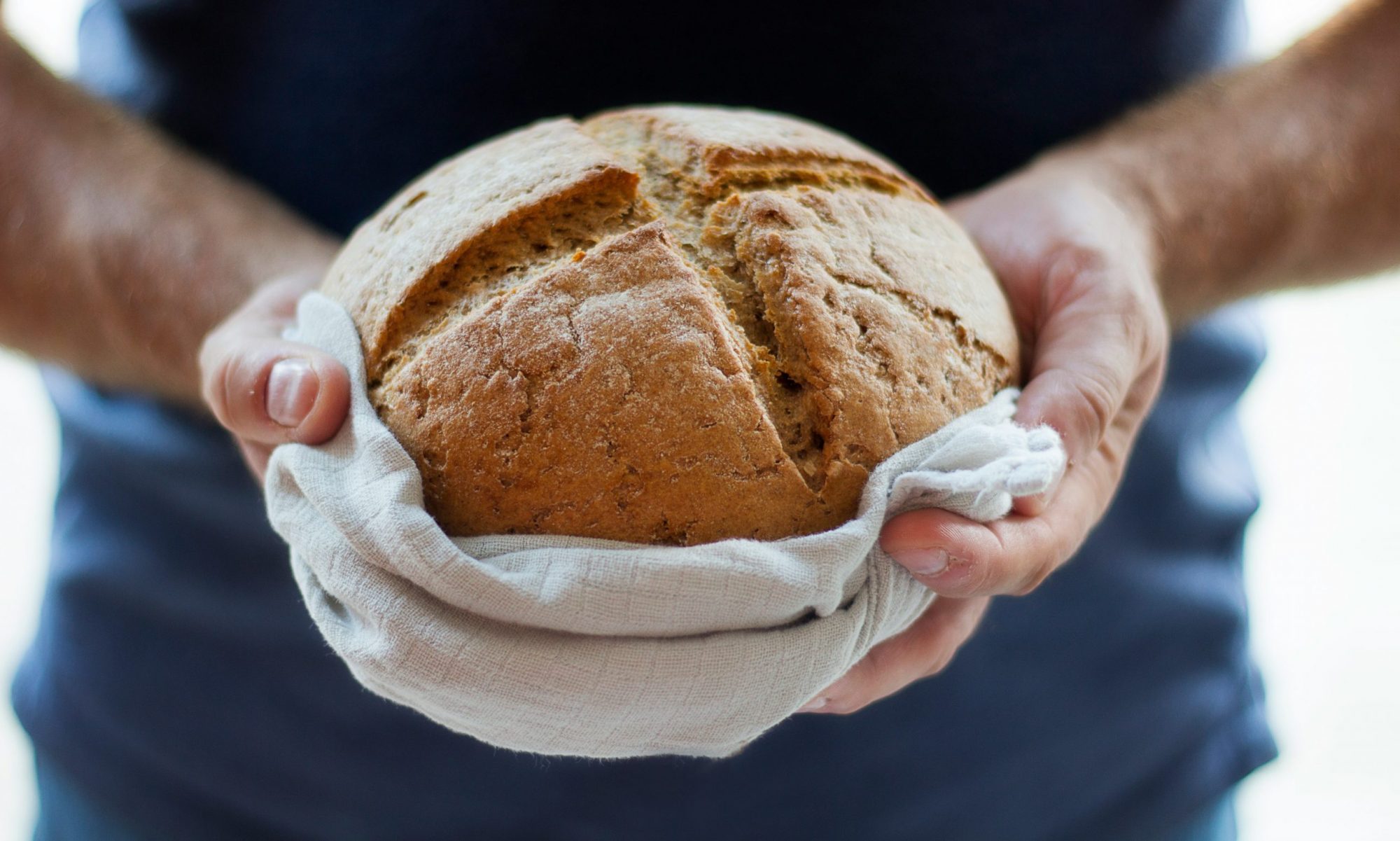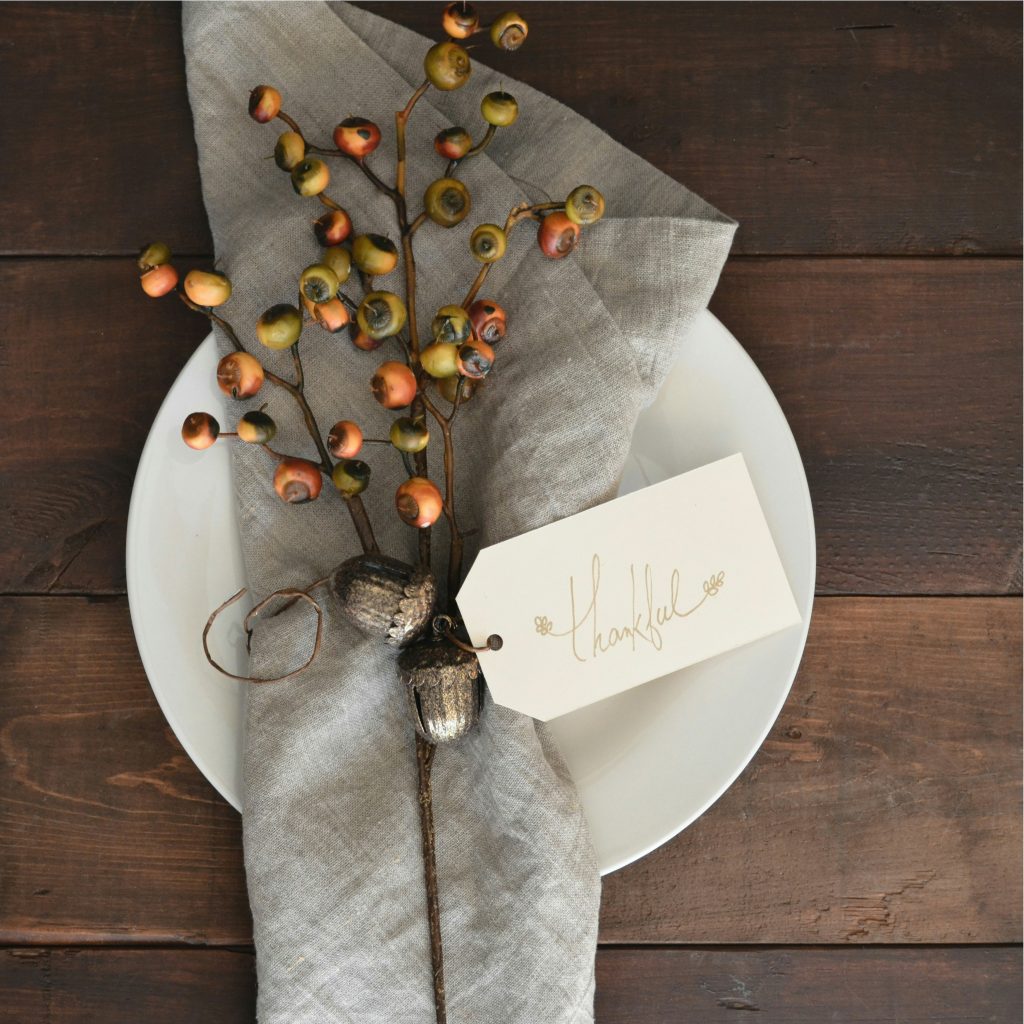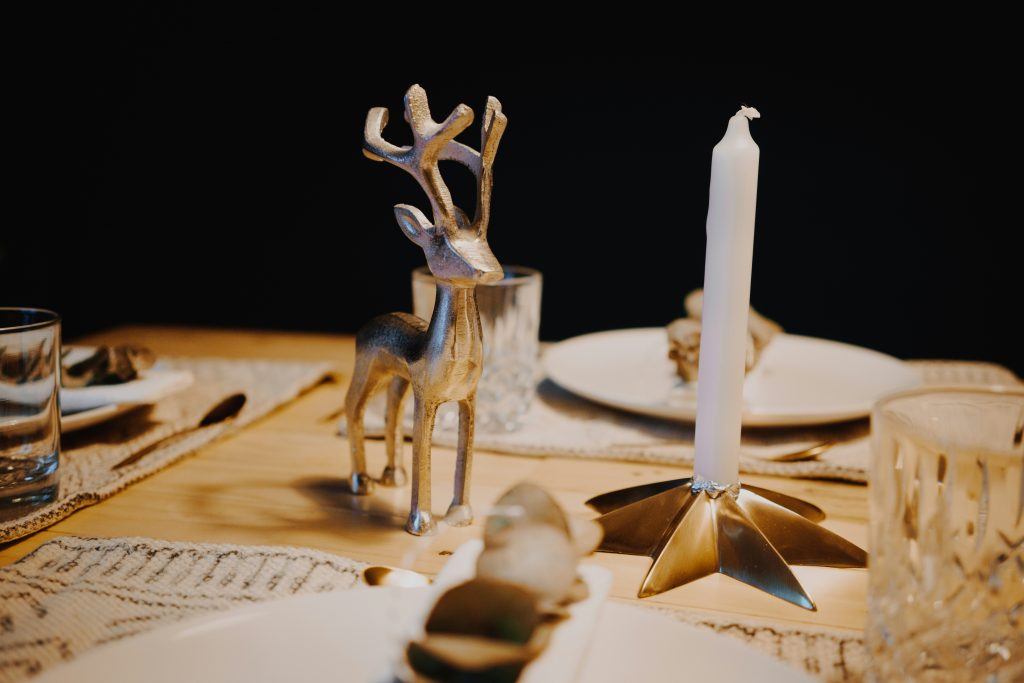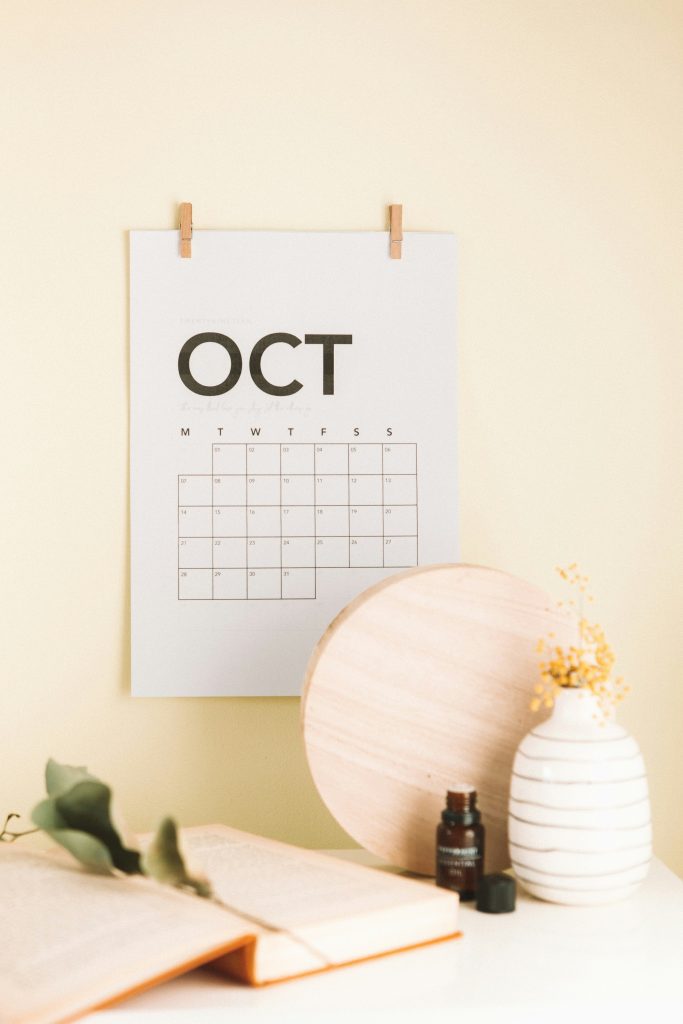Holiday Cards: DIY vs. Ordering – What You Need to Know
The holiday season is just around the corner, and that means it’s time to start thinking about sending out holiday cards! Whether you prefer the personal touch of DIY cards or the convenience of ordering personalized ones, there are plenty of options to suit your style and budget. In this blog post, we’ll explore both avenues, providing easy instructions for making your own cards and a breakdown of costs for ordering personalized cards and postcards.

DIY Holiday Cards: Easy Instructions
Creating your own holiday cards can be a fun and rewarding project. Here’s a simple step-by-step guide to help you get started:
Materials Needed:
- Blank cardstock or pre-folded blank cards
- Colored markers, pens, or watercolors
- Stamps or stickers for decoration
- Glue or double-sided tape
- Scissors
- Envelopes (if not included with the cards)
- Optional: Ribbon, glitter, or other embellishments
Instructions:
- Choose Your Design: Decide on a theme for your cards. It could be a winter wonderland, a cozy holiday scene, or a simple “Happy Holidays” message. Sketch out your design on a piece of paper first if you’d like.
- Cut the Cardstock: If you’re using cardstock, cut it to your desired size. A standard size is 5” x 7” when folded.
- Decorate the Front: Use your markers, pens, or watercolors to create your design on the front of the card. You can also add stamps or stickers for extra flair.
- Write a Message: Inside the card, write a heartfelt message. This could be a simple holiday greeting or a personal note to the recipient.
- Add Finishing Touches: If you want to get creative, add embellishments like ribbon or glitter to make your cards stand out.
- Address and Send: Once your cards are complete, place them in envelopes, address them, and send them off to your loved ones!
Estimated Budget for DIY Cards:
- Blank cardstock (pack of 50): $10.00
- Colored markers or pens: $5.00
- Stamps or stickers: $5.00
- Glue or tape: $2.00
- Envelopes (if not included): $5.00
- Total Estimated Cost: $27.00 (for 50 cards)
Ordering Personalized Holiday Cards
If you prefer the convenience of ordering personalized holiday cards, there are many online services that offer a variety of designs and customization options. Here’s a breakdown of costs:
- Personalized Holiday Cards:
- Average cost for a set of 25 personalized cards: $30.00 to $60.00, depending on the design and printing quality.
- This typically includes envelopes and the option to add a personal message or photo.
- Postcards:
- Average cost for a set of 25 personalized postcards: $20.00 to $40.00.
- Postcards are a great option if you want a simpler design and don’t need envelopes.
- Shipping Costs:
- Don’t forget to factor in shipping costs, which can range from $5.00 to $15.00, depending on the service and delivery speed.
Total Estimated Cost for Ordering Cards:
- Personalized holiday cards (25): $30.00 to $60.00
- Postcards (25): $20.00 to $40.00
- Shipping: $5.00 to $15.00
- Total Estimated Cost: $55.00 to $115.00 (for 25 cards or postcards)
Whether you choose to make your own holiday cards or order personalized ones, both options have their unique benefits. DIY cards allow for creativity and a personal touch, while ordered cards offer convenience and professional quality. Consider your budget, time, and the message you want to convey when making your decision. Whichever route you take, sending holiday cards is a wonderful way to connect with loved ones and spread joy during the festive season! Happy card-making (or ordering)!










